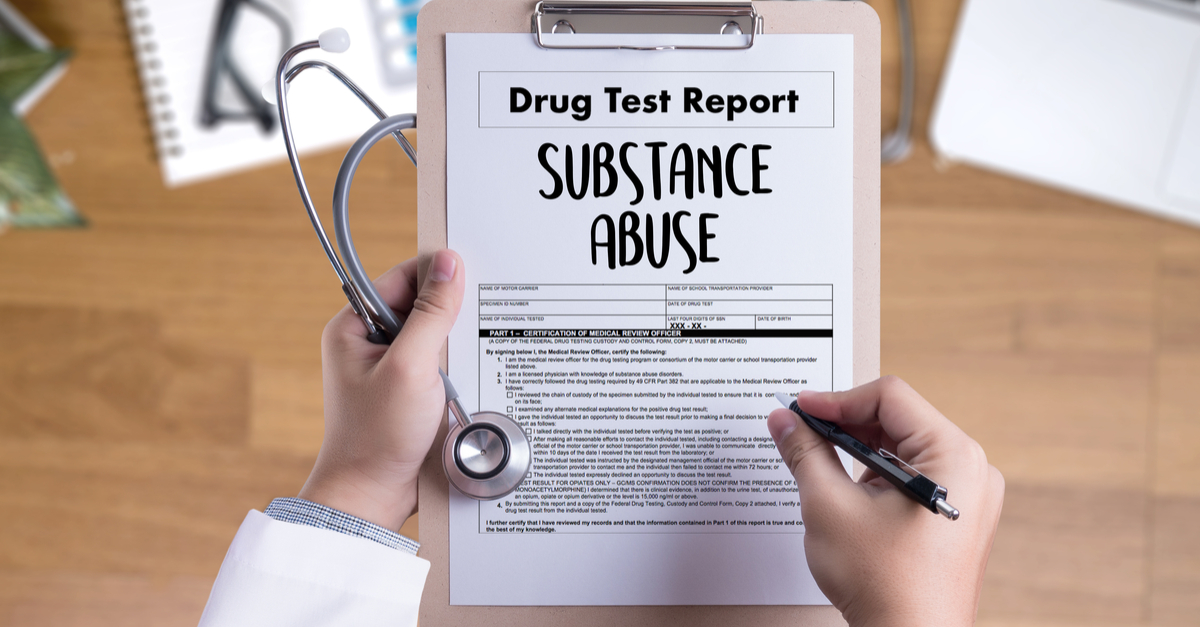Substance Abuse Is Lurking In the Workplace

As I interact with business professionals and Human Resource Administrators about our Employee Assistance Program (EAP), many discuss substance abuse and its effect on employees, their families and the bottom line. Even though most tell me they have a zero tolerance policy, they still know that there are employees having difficulty with substance abuse. They acknowledge that it is a concern and it is costly for them.
In the 1950’s, Employee Assistance Programs (EAP) originally featured internal programs called Occupational Alcoholism Programs – with the focus on managing workers with alcohol programs. (Attridge, 2009). These programs acknowledge that substance abuse is treatable. It was the beginning of the push and success of Employee Assistance Programs. Today’s characteristics of modern EAP’s include a “broad brush” approach where treatment is provided for a wide range of personal problems, such as substance abuse, depression, stress, loss of a loved one, marriage, and family programs. (Attridge, 2009)
The August 2009 edition of An Employer’s Guide to Workplace Substance Abuse states that over 20 million adults are classified as having problems with substance dependence or abuse, and that in 2007 approximately 12 million (60%) of adults with substance dependence were employed full time. Estimates are that perhaps 17% of workers use alcohol and other drugs on the job. This costs employers between $4,000 and $5,000 per year above payroll. The 2009 article estimated cost in the United States are $276 billion a year. Not only does this cause higher absenteeism and lower job productivity and performance, substance abuse also leads to greater health care expenses. By reducing employee substance abuse, employers are able to improve productivity, reduce workplace injuries, and decrease health care costs.
Wholeness Healing’s Employee Assistance Program (EAP) is a benefit that can help employees address their drug/alcohol dependence or abuse and help them continue on a path of recovery. By engaging in early intervention with qualified therapists, our EAP can help employees manage those situations when they are having difficulty in their life which may trigger them to abuse drug/alcohol or hamper their recovery.
We have Licensed Drug and Alcohol Counselors that can administer Drug and Alcohol Assessments; we have trained counselors and hypnotherapists to help develop skills to overcome their challenges and work towards a healthier life without drugs and alcohol. Our EAP provides employees the opportunity to use their sessions for a Drug and Alcohol Assessment and/or treatment in a confidential manner.
By providing our EAP, it will help your employees to identify the problem, provide education, develop skills and resolve personal issues and together implement solutions. Employee Assistance Programs (EAP) are successful because the results are beneficial for both the employee and employer. If you are interested in providing an EAP for your employees, contact Dawyn Otto, EAP Administrator at 308-382-5297 Ext 127.
References
Attridge, M. (2009 ). History and Growth of the EAP Field. EASNA Research Notes.
Benckiser, R. (2009). An employer’s guide to workplace substance abuse: strategies and treatment recommendations. National Business Group on Health – Center for Prevention and Health Services.
Tags: drug testing at work, drugs in the workplace, EAP
ABOUT THE AUTHOR

Dawyn Otto
Provisional Licensed Mental Health Practitioner
LATEST ARTICLES BY Dawyn Otto
Subscribe today
Sign up to receive the latest mental health tips and inspiration